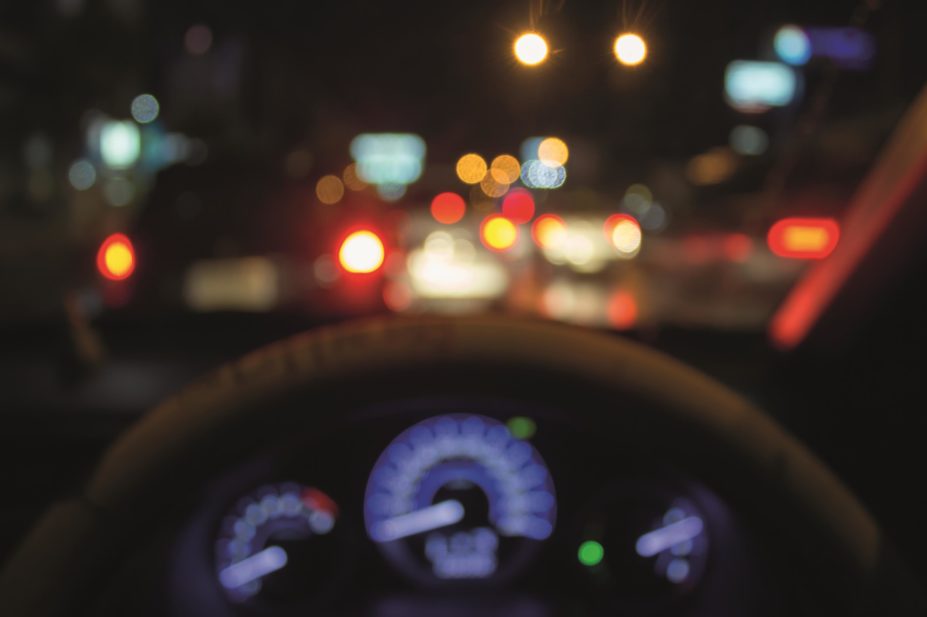
Shutterstock.com
The Royal Pharmaceutical Society (RPS) has joined forces with UK insurance company Confused.com to help raise public awareness of the laws around drug driving. The move comes after data obtained by the insurance company, via a freedom of information (FOI) request, revealed that the number of people charged with drug driving offences had risen by approximately 140% — in 2015, 1,686 drivers were caught drug driving compared with 738 instances in 2014.
Prescription medicines, such as diazepam and codeine, accounted for much of the rise. The data also showed that 1 in 15 motorists who suffer from hay fever admit that their ability to drive has been impaired by drowsiness, lethargy or blurred vision after taking their medication, and 4% had had an accident after taking hay fever medication.

Source: MAG / The Pharmaceutical Journal
Ash Soni, president of the Royal Pharmaceutical Society, says patients should consult their pharmacist before getting behind the wheel
Ash Soni, president of the RPS, says patients should consult their pharmacist before getting behind the wheel. “Now that it’s coming into hay fever season, some people might be particularly affected and their medicine can make them feel tired and drowsy,” he says. “It’s vital you get advice so you are fit to drive safely. Your pharmacist can help keep you safe on the road.”
While most motorists are aware of the implications of driving under the influence of illegal drugs, the data collected by Confused.com suggest that one in five people have little knowledge of how prescription and over-the-counter medicines can also affect driving performance. Of the one in seven drivers who admitted to drug driving, the majority were taking prescription medicines rather than illegal drugs.
The rise in convictions coincides with changes to drug driving laws, which came into effect in March 2015 and saw the introduction of road-side drug screening devices, as well as new limits for both illegal and prescription drugs.
You may also be interested in
Long service of members

Membership fees 2022
